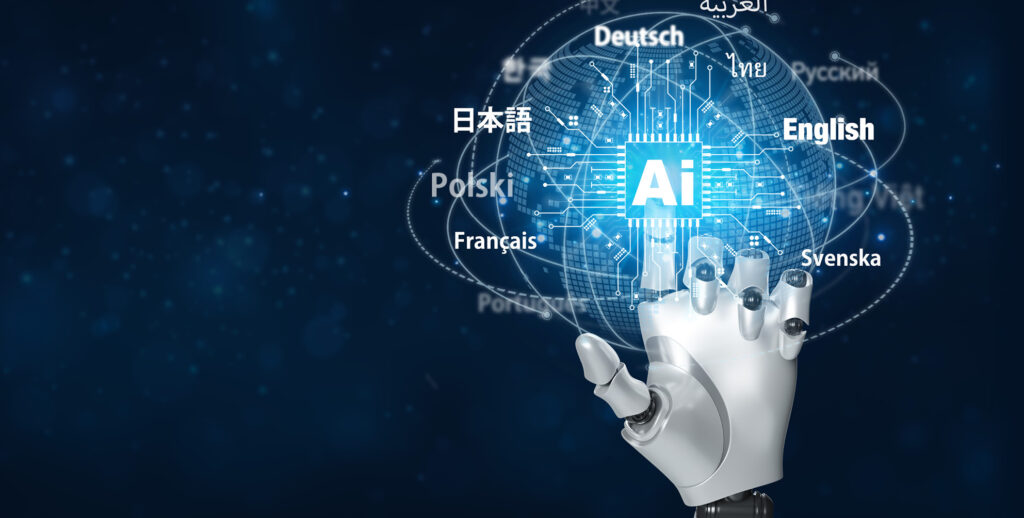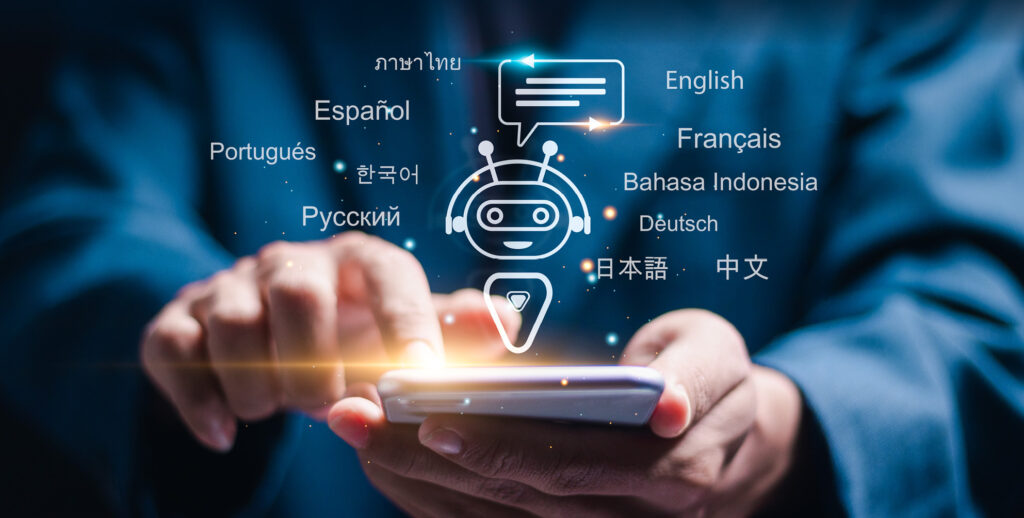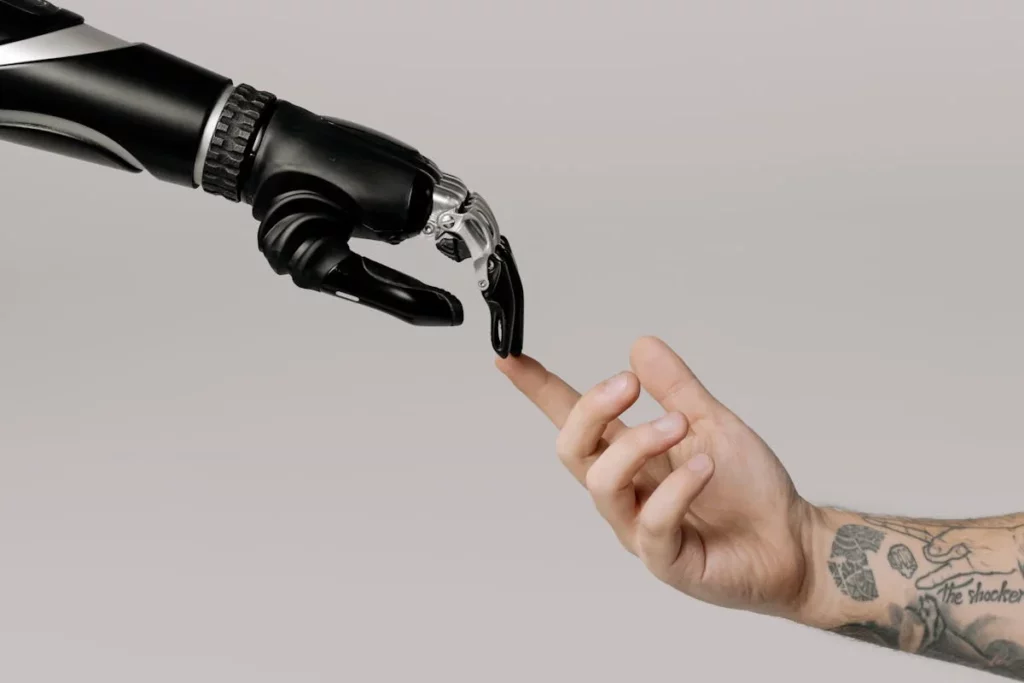Teaching Translation in the AI Era: Insights from a Professional Translator
Teaching translation in the AI era is deemed challenging, but it also opens exciting possibilities. Tools like ChatGPT and DeepL may disrupt traditional practices, yet they can serve as powerful catalysts for rethinking and revitalizing translation pedagogy. Rather than resisting these technologies, educators can harness them to promote innovative forms of learning and skill development. Here are several approaches and practical strategies that translation educators can implement in the AI-driven era.
Read MoreThe Chain of Responsibility: AI in the World of Interpreting
There are those who say that something is better than nothing. AI interpreting is better than no language access at all, they argue. But if that something has the same result as nothing, then there was no language access provided.
Read MoreAdvocacy Update: ATA Statement on Artificial Intelligence
As one of the world’s largest professional associations for language experts, ATA remains a key voice in shaping the future of language technology, advancing its advocacy efforts to champion the indispensable role of human linguists and actively participating in ongoing discussions.
Read MoreATA Statement on Artificial Intelligence
The following statement on artificial intelligence was drafted by ATA’s AI Task Force and approved by ATA’s Board of Directors on May 3, 2025.…
Read MoreNMT and GenAI: What Are You Afraid Of?
Amid the sea of change we’re starting to observe today with GenAI, it’s worth taking a moment to consider where we stand as a profession, what has (and has not) changed with neural machine translation and GenAI, and how we might look to the future with some assurance and—dare I say—even optimism.
Read MoreWhy AI Can’t Teach Language: The Difference between a Model and True Communication
Language is inherently embodied, requiring human presence to convey meaning. True language emerges from the physical and relational presence of the speaker. AI models may mimic linguistic patterns but lack the living presence that gives language its depth and nourishment. True communication is not just words but an embodied encounter—a mystery AI cannot replicate.
Read MoreLetter to the Editor: I got out just in time.
ATA Members-Only Content This content is an exclusive benefit for ATA members. If you are a current ATA member, log in for immediate access.…
Read MoreThe Safe AI Task Force
In just over a year, the SAFE AI Task Force has made significant progress in addressing the challenges and opportunities presented by generative AI in the interpreting profession. Our achievements are part of a broader, surprisingly swift, global response to AI technologies. As organizations worldwide have worked to establish guidelines and guardrails, we’ve positioned ourselves as an important voice representing the unique concerns and priorities of the interpreting community.
Read MoreTranslated Intercept Evidence: A Role for Artificial Intelligence
Rapid advances in machine translation are significantly impacting the translation and interpreting professions. This article discusses the implications of using artificial intelligence in the specialized field of forensic transcription/translation.
Read MoreBLEU + COMET = MATEO: Automatic Translation Quality Evaluation Tools for Freelancers
Developed by a group of researchers at Ghent University in Belgium, MAchine Translation Evaluation Online (MATEO) is an application with an easy user interface that allows anyone to estimate the quality of several candidate translations with any or all automatic metrics.
Read MoreThoughts on Medical Terminology Termbase Mapping and Term Storage
Here’s an overview of things to consider when planning termbase mapping and term storage in the corporate context. Read on to learn the common features of termbases and their usefulness for translating medical documents.
Read MoreE106: Inside Specialization – Interpreting with Technology
Listen in as Dieter Runge, co-founder of Boostlingo, discusses how new technology effects interpreters with Daniel Sebesta and Bridget Hylak of ATA’s Language Technology Division.
Read More









